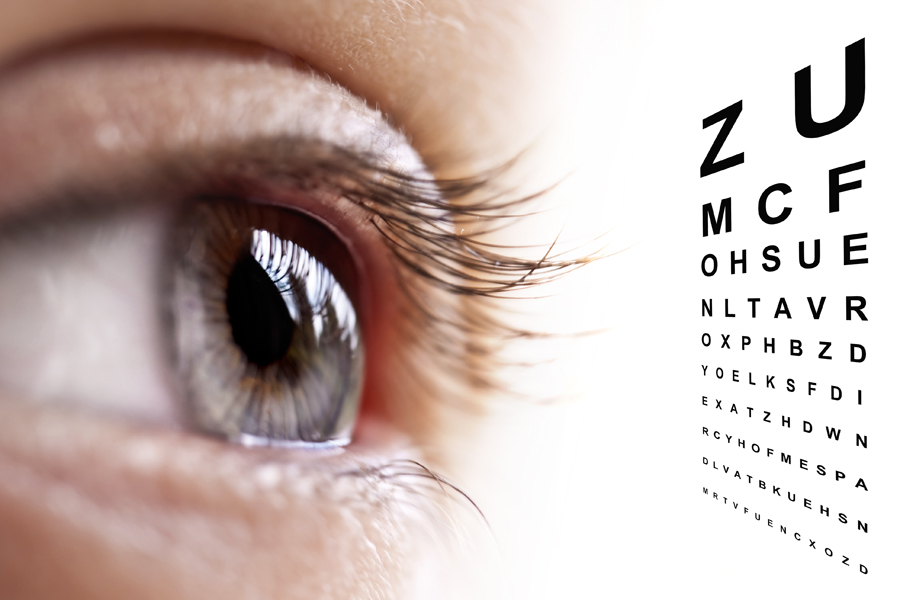A Boomer’s Guide to Cataract Surgery


If you live long enough, you’ll probably get cataracts. They’re caused by protein gradually building up on the lens in your eye and interfering with your vision.
Some things can be done to slow the process down. However, surgery to remove the natural lens and replace it is the only way to reverse the symptoms. Fortunately, today’s procedures have a very high success rate of over 95%.
The main things you’ll need to decide are when to have the operation and which kind of artificial lens to choose. If you’re a boomer with cloudy vision, find out what to expect with this guide to cataract surgery.
Having Cataract Surgery:
1. Spot the symptoms. As your cataract blocks out light, you’ll probably experience blurry and foggy vision. It’s also common to perceive colors as being duller and to have trouble with glare.
2. Consider your age. Many adults are having cataract surgery at younger ages. You may enjoy the benefits longer and recover faster.
3. Check your insurance. On the other hand, insurance may not cover your surgery unless you meet the age and vision requirements. If you must wait, it’s usually safe except in extreme cases where the lens becomes too thick to remove.
4. Choose a lens. You can choose different lenses depending on whether distance or reading vision is a higher priority for you. You may still need glasses, but your vision will probably be significantly improved. Your surgeon can help you weigh your options.
5. Pick an eye. If you need treatment for both eyes, your surgeon can also help you decide on a timeline. Most patients wait for the first eye to heal before scheduling the second operation.
6. Bring a friend. Cataract surgery is now an outpatient procedure, and you’ll probably be able to resume most daily activities within 24 hours. However, you’ll still need someone to drive you home.
7. Understand aftercare. Your companion can also help you remember your doctor’s recommendations. You may need to wear an eye patch and use eyedrops to prevent infection.
8. Follow up. If your vision becomes cloudy again after your eye has healed, you may have a secondary cataract. Your vision can be restored with a quick laser procedure called a posterior capsulotomy to open the membrane that holds your eye lens in place.
Slowing Down Cataracts:
1. Eat your antioxidants. A diet rich in nutrients like vitamin C and E may lower your risk for cataracts. Eat citrus fruits, tomatoes, and potatoes.
2. Manage diabetes. Excess blood sugar may cause cataracts. Talk with your doctor about how your diabetes may affect your eyes.
3. Wear sunglasses. UV light exposure is another factor. Wear sunglasses or stay in the shade when you’re outside.
4. Quit smoking. Cataracts are one more reason for giving up tobacco. Your chances of success increase each time you try to quit, especially if you combine multiple methods.
5. Drink responsibly. Some studies have found that alcohol slightly increases the risk for cataracts. According to the National Institute on Alcohol Abuse and Alcoholism, healthy adults over 65 should have no more than 7 drinks a week.
6. See your ophthalmologist. Comprehensive eye exams are recommended every two years for adults 40 to 64 and annually for those 65 or older. Regular screenings can help you get appropriate treatment for cataracts and other age-related vision issues.
Taking care of your vision can help you to stay independent and active in your senior years. If you’re having trouble seeing, even when you’re wearing your eyeglasses or contact lenses, talk with your eye doctor. Cataract surgery is a simple and very successful operation that could give you back your sight.
CLICK HERE to Explore/ Our Free Online Courses
Responses